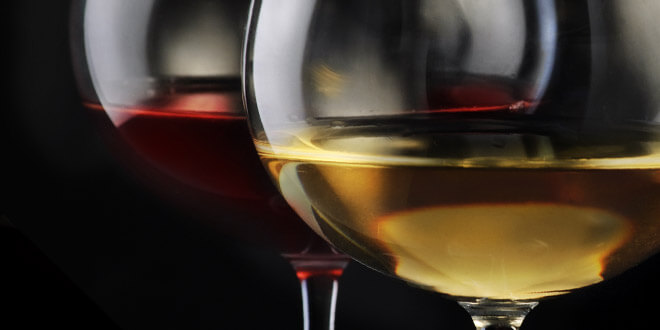
Madeira
Traditionally, Madeira wine is made from one of the following four ‘noble’ varieties: Sercial, Verdelho, Bual and Malvasia, although blends and commercial styles are made using the Tinta Negra Mole variety or American hybrid varieties. These four primary grapes all produce quite different styles of wine which range from dry to sweet. Due to the production methods for Madeira, once it’s opened, it has the benefit of lasting for many months without losing quality.
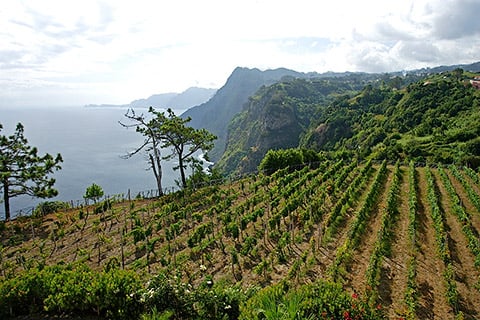 Madeira is exceptionally long lasting – once opened, a bottle will stay drinkable for several months
Madeira is exceptionally long lasting – once opened, a bottle will stay drinkable for several months
Madeira is a fortified wine, although the time of fortification varies depending on the variety. Sercial and Verdelho are fermented until almost dry then fortified, whereas Bual and Malvasia are fortified early in the fermentation to retain a certain level of sweetness.
The method now commonly used to age Madeira is partially due to ships transporting the wine across the sea. Sailors found that the wines tasted better after a long journey at sea, with the Madeira sitting in wooden casks and being slowly heated by the sun. After a while, winemakers came up with a technique to replicate this ageing process called the estufa system.
Styles
- Standard Blend
- Due to the rarity of the four noble varieties, much of the Madeira produced is made up from Tinta Negra Mole, or American hybrid varieties. Many of the blends labelled as Dry, Medium, or Sweet come from a blend of these American hybrids.
- Sercial
- Serial is a very slow-ripening grape, often only getting to around 10% abv. In its youth, the wine is tart, dry and acidic. The ageing and fortification is what provides the real depth of flavour in these wines, providing flavours of almonds, nuts, dried fruit, citrus and fruit cake, but countered with a streak of acidity.
- Verdelho
- A quicker ripening grape than Sercial, Verdelhos tend to be medium-dry. Characteristically, these wines are high in acidity and and are nutty and smoky, with flavours like lemon drops, orange and grapefruit.
- Bual
- This variety ripens quicker than Sercial and Verdelho, and the wines are usually medium-sweet wine, but again, are balanced with fresh acidity. Bual Madeiras typically show notes of dark, rich fruits, raisin, Christmas cake and candied peel.
- Malmsey
- From the Malvasia variety, this is the sweetest style of Madeira, but the sweetness doesn’t dominate, thanks to the balancing acidity. This acidity and its resilience to oxidisation means these can last more than a century either in cask or bottle.
Terms
- Solera Wines
- Now a prohibited method of ageing, these are Madeiras aged using the solera method, more traditionally seen in sherry production. Some old bottlings can still be found, however.
- Colheita
- Colheitas are essentially a young frasqueira (vintage) from a single year and aged for a minimum of five years in cask, except for Sercial, which is aged for seven years.
- Frasqueira
- The official term for vintage Madeira; these wines must come from a single year’s harvest, and are aged for a minimum of 20 years, although many are aged for much longer.
Did you know?
- Madeira was used to toast the Declaration of Independence in 1776.
- In mainland Portugal, the Sercial grape is known as Esgana Cao, which means ‘dog strangler’.
- Vintage Madeira is so resilient of oxidation that many ships stored the bottles upright to avoid a potentially tainted cork from damaging the wine.
Typical Character and Style of Madeira
-
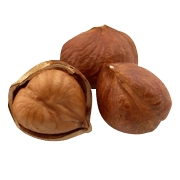 Hazelnut
Hazelnut
-
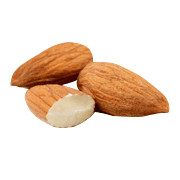 Almond
Almond
-
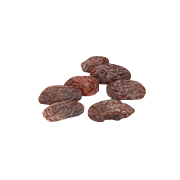 Raisins
Raisins
-
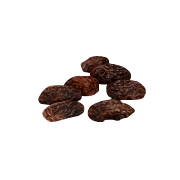 Sultana
Sultana
-
 Honey
Honey
Filter
Price Range
Bottling Status
Producer
Style
Age
Vintage
Size
Grape Variety
Sustainability

Barbeito Madeira Sercial 10 Year Old Reserva Velha
$46.33
($61.77 per litre)

H&H Full Rich Madeira5 Year Old
$12.89
($25.78 per litre)

Pereira d'Oliveira 5 Year Old Medium Sweet Madeira
$19.90
($53.07 per litre)

H&H 15 Year Old Malvasia Madeira
$29.07
($58.14 per litre)

H&H 15 Year Old Sercial Madeira
$29.07
($58.14 per litre)

Blandy's 10 Year Old Madeira Selection Pack4x20cl
$37.70
($47.12 per litre)

Barbeito Madeira Rainwater Reserva5 Year Old
$17.53
($35.05 per litre)

Blandy's Alvada 5 Year Old Madeira
$14.51
($29.01 per litre)

Pereira d'Oliveira 5 Year Old Medium Dry MadeiraHalf Bottle
$19.90
($53.07 per litre)

Barbeito Duas Pipas Bastardo
$43.09
($86.18 per litre)

Pereira d'Oliveira 1977 Terrantez Madeira
$350.55
($467.40 per litre)

Pereira d'Oliveira 1994 Verdelho Madeira
$167.18
($222.91 per litre)

H&H 15 Year Old Boal Madeira
$29.07
($58.14 per litre)

Blandy's 15 Year Old Malmsey
$31.23
($62.45 per litre)

Blandy's 10 Year Old Verdelho
$24
($48 per litre)

Barbeito Madeira Boal Reserva
$17.53
($35.05 per litre)

Barbeito Madeira Verdelho 10 Year Old Reserva Velha
$46.33
($61.77 per litre)

H&H Dry Madeira5 Year Old
$12.89
($25.78 per litre)

H&H Medium Rich Madeira5 Year Old
$12.89
($25.78 per litre)

Blandy's Malmsey 10 Year Old Madeira
$24
($48 per litre)

Blandy's Duke of Clarence Madeira
$16.13
($21.50 per litre)

Blandy's Duke Of Sussex Madeira
$16.13
($21.50 per litre)

Pereira d'Oliveira 10 Year Old Medium Sweet Madeira
$37.48
($74.96 per litre)

Pereira d'Oliveira 3 Year Old Medium Sweet MadeiraHalf Bottle
$17.74
($47.31 per litre)


